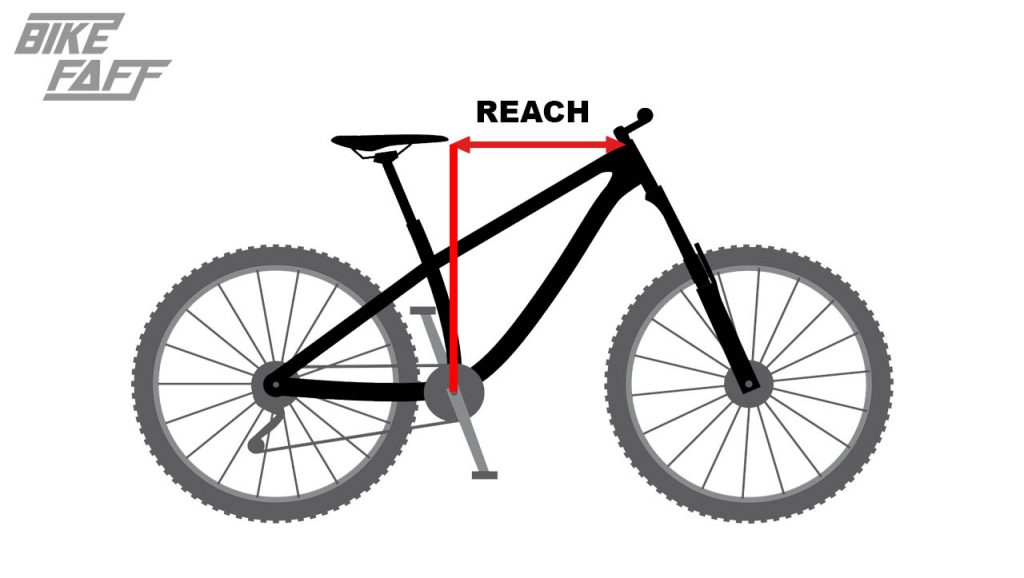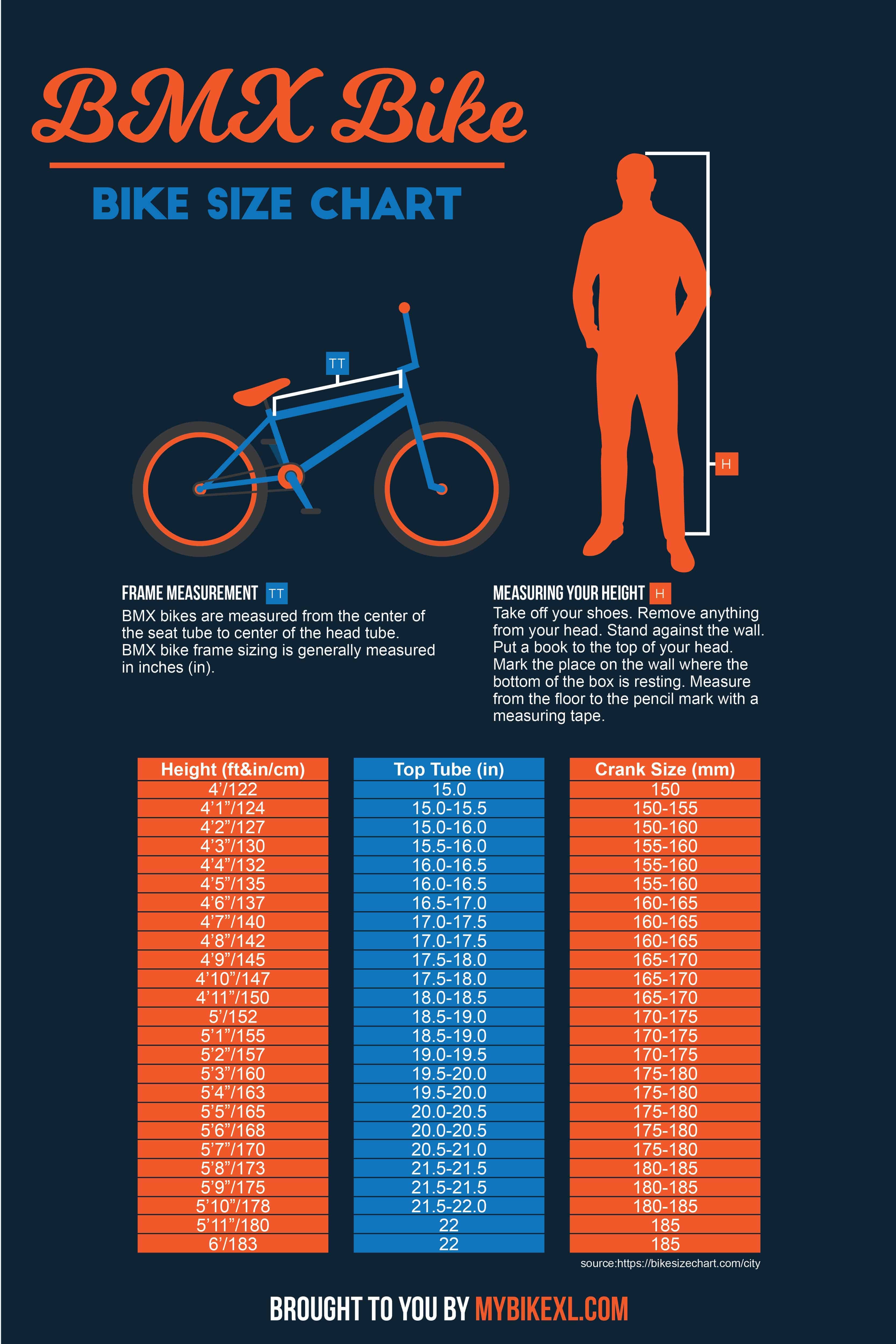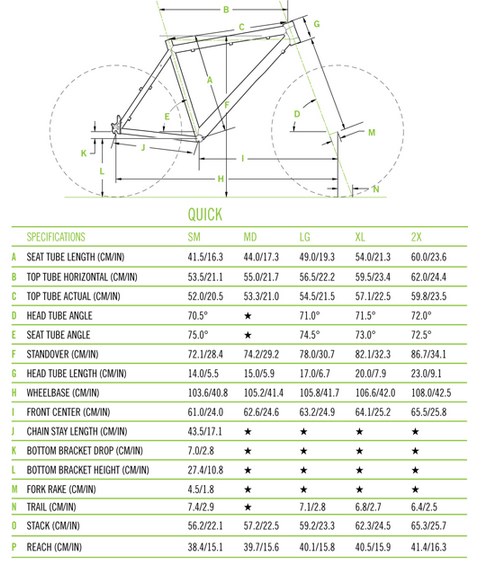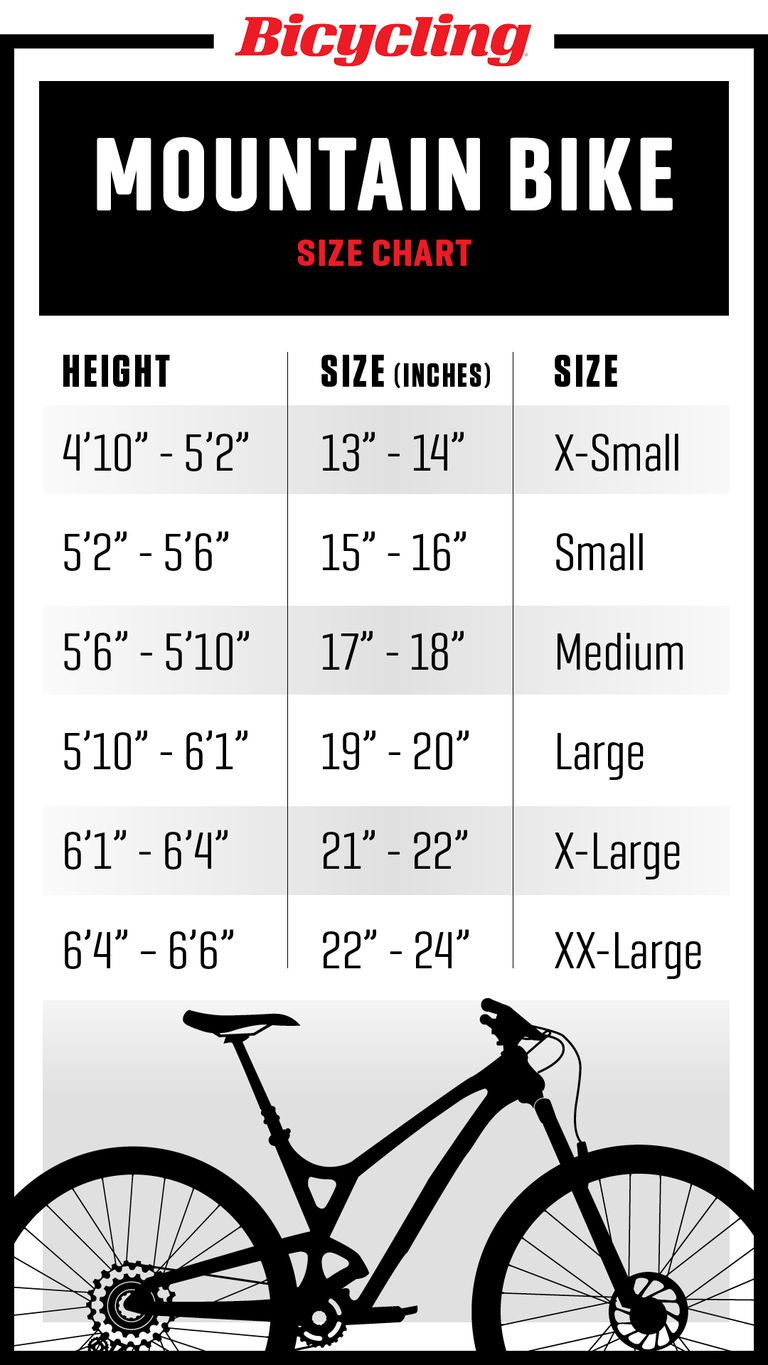Understanding Frame Sizing: A Crucial First Step
Mountain bike frame sizing plays a pivotal role in ensuring a comfortable and efficient riding experience. A medium frame size, often denoted as 17-19 inches, serves as a versatile option for various rider heights and preferences. This size range caters to individuals with an average height, but it can also accommodate taller or shorter riders who prioritize specific aspects of their riding style.
How to Measure Your Ideal Mountain Bike Frame Size
To determine the perfect mountain bike medium frame size for your needs, follow these steps:
Measure your inseam: Stand barefoot with your back against a wall and your feet shoulder-width apart. Place a book between your legs, simulating the saddle height, and measure the distance from the ground to the top of the book.
Calculate your frame size: Multiply your inseam length (in millimeters) by a factor of 0.67 to estimate your ideal mountain bike frame size. For example, an inseam of 800mm would result in a recommended frame size of approximately 539mm, which falls within the medium frame size range (17-19 inches).
Consider your riding style and preferences: While the calculated frame size provides a starting point, individual preferences and riding styles may warrant adjustments. For instance, aggressive downhill riders might prefer a larger medium frame size for increased stability, while cross-country riders might opt for a smaller medium frame size for better maneuverability.
Popular Medium Frame Size Mountain Bikes: A Closer Look
Medium frame size mountain bikes cater to a wide range of riders, offering versatility and adaptability for various riding styles. Here are three popular models that showcase the benefits of medium frame sizes:
Santa Cruz Nomad
The Santa Cruz Nomad is a highly capable and adaptable all-mountain bike with a medium frame size option. Its progressive geometry, adjustable suspension, and slack head angle provide stability and confidence on steep descents, while the efficient pedaling platform and short chainstays ensure nimble handling on tight trails.
Trek Fuel EX
The Trek Fuel EX is a versatile trail bike that offers a medium frame size option, appealing to riders who value a balanced and adaptable ride. Its refined suspension kinematics, efficient pedaling platform, and modern geometry make it an excellent choice for cross-country and trail riding, offering a smooth and comfortable ride on various terrains.
Giant Trance
The Giant Trance is a capable and well-rounded medium frame size mountain bike that excels in trail riding. Its advanced Maestro suspension system, modern geometry, and lightweight carbon frame deliver a lively and efficient ride, allowing riders to tackle technical trails and steep descents with confidence and ease.
Medium Frame Size vs. Other Frame Sizes: Pros and Cons
When selecting a mountain bike frame size, it’s essential to compare medium frame size to smaller and larger options to ensure the best fit and performance. Here are some advantages and disadvantages of medium frame size compared to other frame sizes:
Medium Frame Size vs. Small Frame Size
Pros:
- Increased stability due to a longer wheelbase.
- More room for maneuverability and control.
- Improved power transfer and pedaling efficiency.
Cons:
- Potentially heavier than smaller frame sizes.
- Might be less agile on tight and technical trails.
Medium Frame Size vs. Large Frame Size
Pros:
- Greater agility and maneuverability on tight trails.
- Reduced weight compared to larger frame sizes.
Cons:
- Reduced stability due to a shorter wheelbase.
- Limited power transfer and pedaling efficiency.
- Potential fit issues for taller riders.
How to Adjust Your Mountain Bike for a Comfortable Medium Frame Size Fit
Achieving the perfect fit on your medium frame size mountain bike is crucial for both comfort and performance. Follow these tips and tricks to adjust your bike for an optimal riding experience:
Saddle Height Adjustment
To set the correct saddle height, follow these steps:
- Stand next to your bike and place your heel on the pedal.
- Adjust the saddle height so that your leg is almost fully extended, with a slight bend at the knee.
- Secure the saddle at the desired height using a quick-release lever or Allen key.
Handlebar Positioning
To ensure proper handlebar positioning, consider these factors:
- Measure the distance between the saddle and the handlebars. Aim for a comfortable reach that allows for a neutral spine position.
- Adjust the handlebar height to suit your riding style. A lower handlebar position is ideal for aggressive downhill riding, while a higher position may be more comfortable for long-distance touring.
Suspension Setup
Proper suspension setup is essential for a comfortable and efficient medium frame size fit. Follow these guidelines:
- Set the sag according to the manufacturer’s recommendations. Sag refers to the amount of suspension travel that occurs when you sit on the bike.
- Adjust the rebound and compression damping to suit your riding style and weight. A slower rebound and compression setting is ideal for heavier riders, while lighter riders may benefit from faster settings.
Medium Frame Size for Different Mountain Biking Disciplines
Mountain biking encompasses various disciplines, each with unique demands and requirements. A medium frame size mountain bike can cater to a wide range of riders and disciplines, offering versatility and adaptability. Here, we explore the suitability of medium frame size for cross-country, trail, enduro, and downhill riding.
Cross-Country (XC)
Cross-country mountain biking emphasizes efficiency, speed, and endurance. A medium frame size can provide a balance between agility and stability, allowing riders to navigate technical terrain while maintaining a comfortable and efficient pedaling position.
Trail Riding
Trail riding is a versatile discipline that combines elements of cross-country and downhill riding. A medium frame size mountain bike is well-suited for trail riding, offering a balance between maneuverability and stability. This balance enables riders to tackle various trail features, from flowing singletrack to steeper, more technical descents.
Enduro
Enduro racing combines the climbs of cross-country with the descents of downhill racing. A medium frame size mountain bike can offer the stability and confidence needed for high-speed descents while still being lightweight and agile enough for efficient climbing. Suspension travel and geometry play a significant role in enduro performance, so consider these factors when selecting a medium frame size bike for enduro riding.
Downhill (DH)
Downhill mountain biking focuses on speed and control on steep, technical descents. While larger frame sizes are often preferred for their stability and straight-line speed, a medium frame size can still be a viable option for downhill riding. Riders seeking a more maneuverable and agile bike may prefer a medium frame size, especially if they are on the smaller side or prioritize nimbleness over raw speed.
Common Misconceptions About Mountain Bike Medium Frame Size
Mountain biking, like any sport, is subject to various misconceptions and myths. Medium frame size mountain bikes are no exception. Here, we address some common misconceptions surrounding mountain bike medium frame size, helping riders make informed decisions based on facts rather than assumptions.
Myth: Medium Frame Size is Only Suitable for Average-Height Riders
Fact: While medium frame size is often associated with average height, it can cater to a wide range of rider heights and preferences. Factors such as inseam length, riding style, and personal comfort should be considered when selecting a frame size, rather than relying solely on height.
Myth: Medium Frame Size Lacks Stability
Fact: A well-fitted medium frame size mountain bike can offer excellent stability, especially when adjusted for the rider’s preferences. Suspension setup, handlebar height, and saddle position play crucial roles in achieving a stable and confident riding position.
Myth: Medium Frame Size Compromises Power Transfer
Fact: Proper bike fit and adjustment can ensure efficient power transfer on a medium frame size mountain bike. Riders should focus on achieving the correct saddle height and handlebar position to maximize power output and minimize energy loss.
Myth: Medium Frame Size is Less Suitable for Aggressive Riding Styles
Fact: Medium frame size mountain bikes can cater to various riding styles, including aggressive ones. Suspension travel, geometry, and component selection can significantly impact a bike’s performance, making medium frame size a viable option for even the most demanding riders.
Expert Opinions and Recommendations on Mountain Bike Medium Frame Size
Mountain biking experts and industry professionals offer valuable insights into the benefits and considerations of medium frame size mountain bikes. By understanding their perspectives, riders can make informed decisions based on personal preferences and riding styles.
Personal Preference and Adaptability
Many experts emphasize the importance of personal preference when selecting a mountain bike frame size. A medium frame size can cater to various rider heights and preferences, offering adaptability and versatility. Riders should consider their comfort, stability, and confidence on the bike when determining the ideal frame size.
Riding Style and Terrain
Expert opinions often highlight the significance of riding style and terrain when choosing a medium frame size mountain bike. For instance, trail riders may prefer a medium frame size for its balance between agility and stability, while cross-country riders might opt for a smaller medium frame size for better climbing efficiency. Conversely, downhill riders might choose a larger medium frame size for increased stability and straight-line speed.
Component Selection and Adjustment
Industry experts often stress the importance of component selection and adjustment when it comes to medium frame size mountain bikes. Suspension setup, handlebar height, and saddle position can significantly impact a bike’s performance and a rider’s comfort. Properly adjusted components can ensure a comfortable and efficient medium frame size fit, regardless of rider height or riding style.








